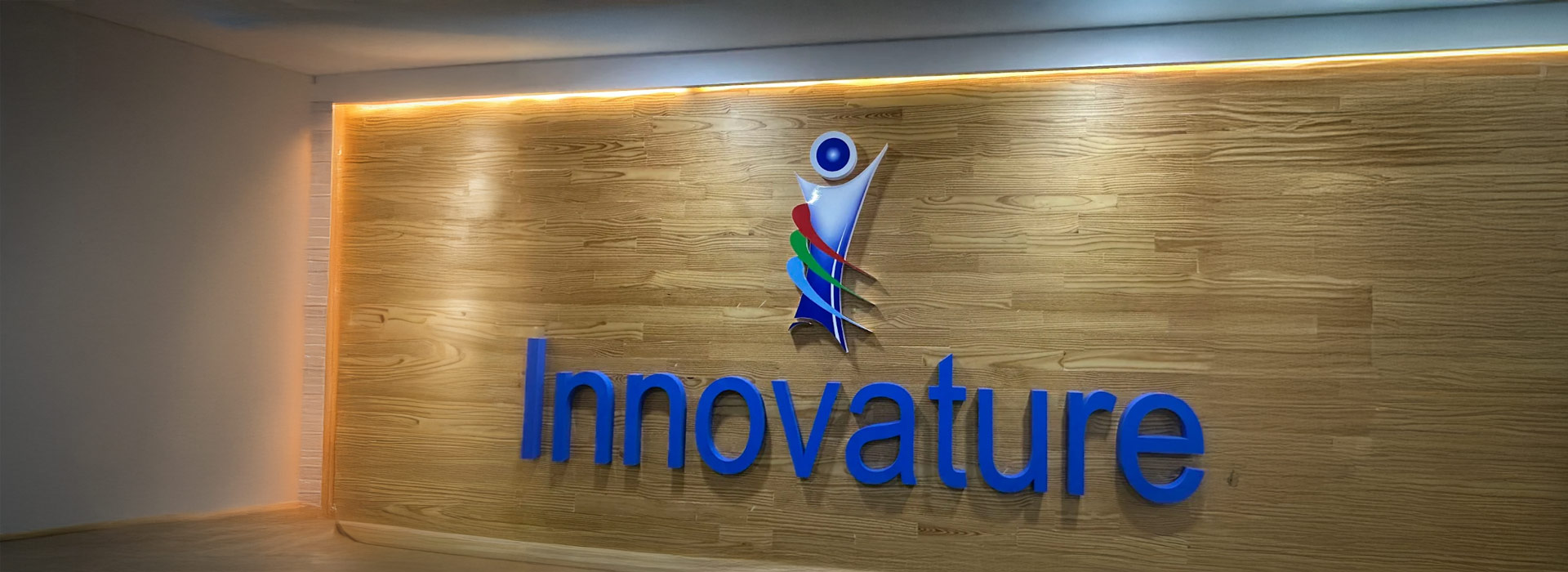
- Oliver Richard
In today’s increasingly remote work environment, cybersecurity has become more critical than ever. With employees accessing company resources from various locations, the attack surface for cyber threats has expanded. Is your team ISMS compliant? Here are some best practices to help protect your business in this remote world.
Implement Strong Access Controls
Ensure that only authorized personnel have access to sensitive information. Use multi-factor authentication (MFA) to add an extra layer of security. Regularly review and update access permissions to minimize risks.
Use VPNs for Secure Connections
Virtual Private Networks (VPNs) encrypt internet traffic, making it difficult for cybercriminals to intercept data. Encourage employees to use VPNs when accessing company resources from remote locations.
Regularly Update Software and Systems
Keep all software, including operating systems and applications, up to date with the latest security patches. This helps protect against known vulnerabilities that cybercriminals could exploit.
Educate Employees on Cybersecurity
Conduct regular training sessions to educate employees about common cyber threats, such as phishing attacks and malware. Teach them how to recognize suspicious emails and links, and what to do if they encounter a potential threat.
Implement Endpoint Security Solutions
Use endpoint security solutions to protect devices that connect to your network. This includes antivirus software, firewalls, and intrusion detection systems. Ensure that all devices are regularly scanned for malware and other threats.
Backup Data Regularly
Regularly back up important data to a secure location. This ensures that you can recover your data in case of a ransomware attack or other data loss incidents. Test your backup and recovery processes periodically to ensure they work as expected.
Develop an Incident Response Plan
Prepare for potential cybersecurity incidents by developing a comprehensive incident response plan. This plan should outline the steps to take in the event of a breach, including how to contain the threat, communicate with stakeholders, and recover from the incident.
Monitor Network Activity
Continuously monitor network activity for signs of unusual behavior. Use security information and event management (SIEM) tools to detect and respond to potential threats in real-time.
Secure Remote Work Tools
Ensure that remote work tools, such as collaboration platforms and cloud services, are configured securely. Use strong passwords, enable encryption, and restrict access to sensitive information.
Stay Informed About Emerging Threats
Cyber threats are constantly evolving. Stay informed about the latest threats and trends in cybersecurity by following industry news, participating in webinars, and joining professional organizations.
Are you looking for a team of ISO Certified, ISMS-compliant engineers? Write to us.
By implementing these best practices, you can help protect your business from cyber threats in a remote work environment. Remember, cybersecurity is a continuous process that requires vigilance and proactive measures.












